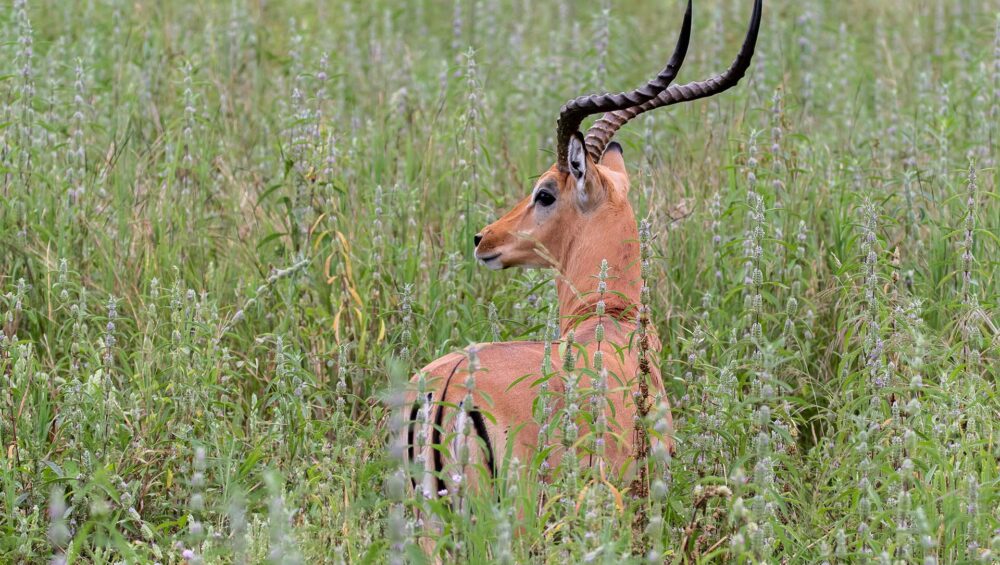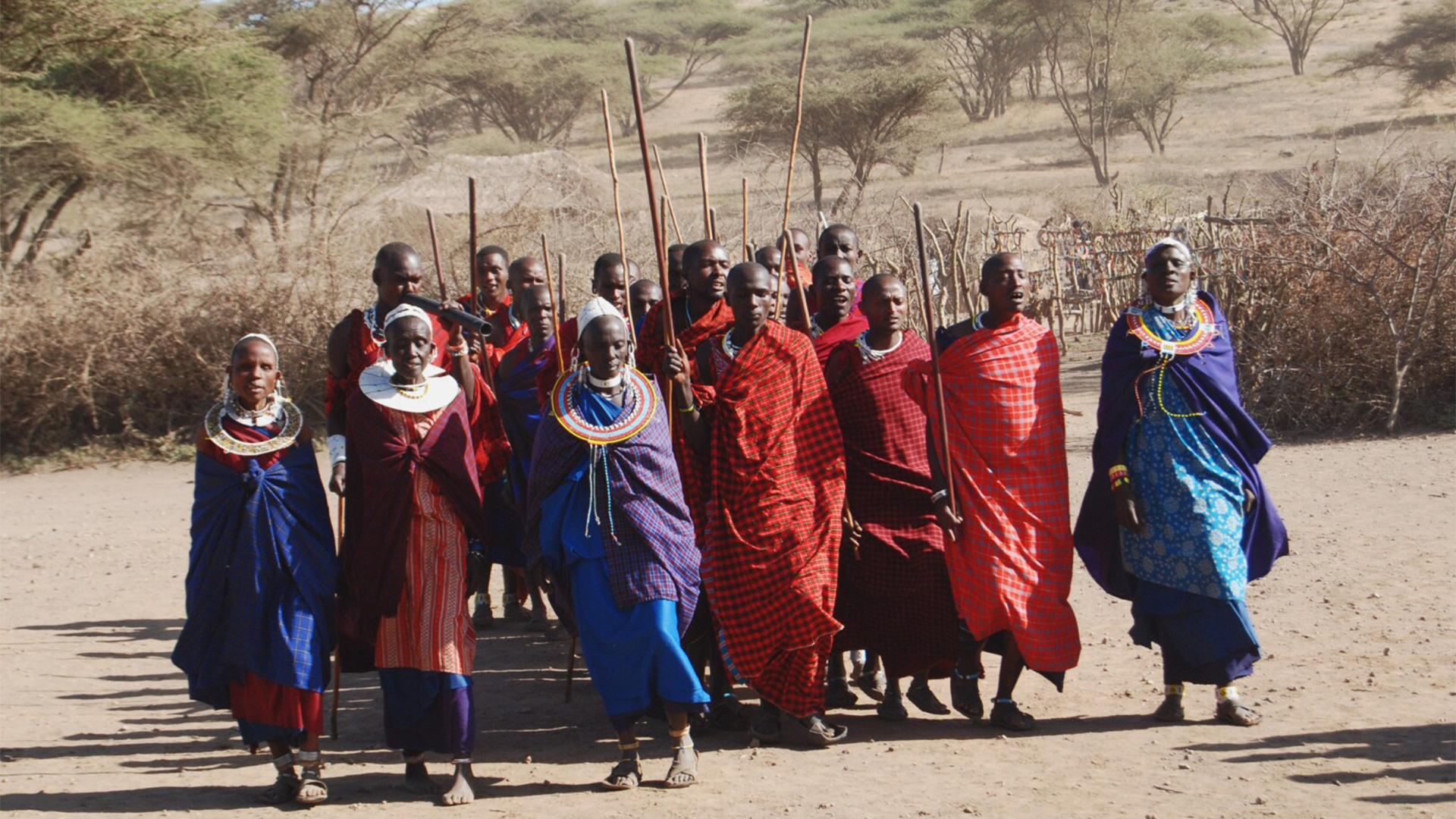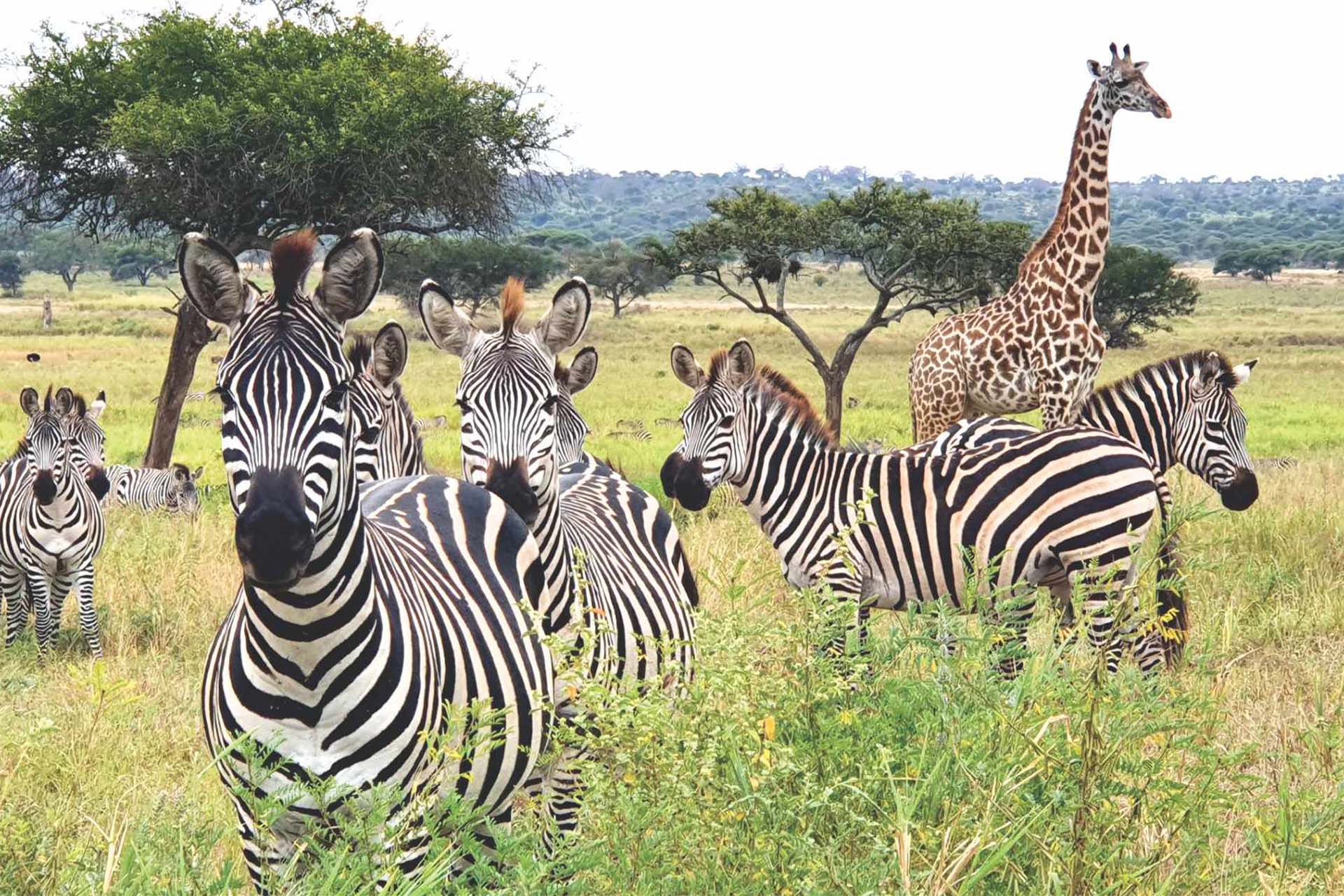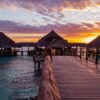The 10 Best Beaches in Zanzibar for an Unforgettable Getaway
Zanzibar, the “Spice Island” of Tanzania, is famous for its crystal-clear waters, soft white-sand beaches, and a unique blend of Swahili, Arabic, and European cultures. Whether you’re looking for relaxation, adventure, or a romantic escape, Zanzibar has a beach for every traveler. Here’s a guide to the 10 best beaches in Zanzibar that promise an unforgettable getaway.
1. Nungwi Beach – The Vibrant Paradise
Located on the northern tip of Zanzibar, Nungwi Beach is one of the most famous and lively beaches on the island. With its soft white sand, turquoise waters, and breathtaking sunsets, it’s a hub for travelers seeking a mix of relaxation and adventure. The area is home to vibrant nightlife, luxury resorts, and various water activities, including snorkeling, scuba diving, and deep-sea fishing.
Best For:
- Nightlife and beach parties
- Luxury accommodations
- Water sports and snorkeling
2. Kendwa Beach – The Ultimate Relaxation Spot
Just south of Nungwi, Kendwa Beach offers a quieter yet equally stunning experience. Known for its golden sunsets and calm waters, it’s the perfect beach for swimming at any time, as the tide doesn’t recede as much as in other parts of Zanzibar. Kendwa also hosts the famous Full Moon Party, making it an exciting choice for social travelers.
Best For:
- Stunning sunsets
- Calm, swimmable waters
- Monthly Full Moon Party
3. Paje Beach – A Kite Surfer’s Dream
On the southeast coast of Zanzibar, Paje Beach is renowned for its strong and consistent winds, making it one of the best kitesurfing destinations in the world. The shallow, crystal-clear lagoon is perfect for beginners and pros alike. Paje also has a relaxed backpacker vibe, with plenty of beachfront bars and cafés offering fresh seafood and chilled-out vibes.
Best For:
- Kitesurfing and windsurfing
- Budget-friendly accommodations
- Beachfront bars and relaxed atmosphere
4. Jambiani Beach – Authentic Zanzibar Charm
Just south of Paje, Jambiani Beach offers a more laid-back and authentic Swahili coastal experience. With fewer tourists and a strong local fishing community, this beach is ideal for those looking to escape the crowds and experience the true essence of Zanzibar. The turquoise waters and powdery sand make it a hidden gem for beach lovers.
Best For:
- Cultural experiences with locals
- Peaceful and uncrowded beach time
- Small guesthouses and boutique lodges
5. Matemwe Beach – A Tranquil Escape
If you’re looking for solitude, Matemwe Beach on the northeast coast is the place to be. It’s one of the most peaceful and untouched beaches on the island, with long stretches of powdery sand and swaying palm trees. Matemwe is also a great base for visiting Mnemba Atoll, one of the best snorkeling and diving spots in Zanzibar.
Best For:
- Secluded beach retreats
- Snorkeling and diving near Mnemba Atoll
- Upscale boutique resorts
6. Pongwe Beach – Zanzibar’s Hidden Gem
Pongwe Beach is often considered one of the most beautiful and private beaches in Zanzibar. The lagoon-like setting offers calm waters, making it ideal for swimming. The beach is lined with palm trees and has a few exclusive resorts that provide the perfect setting for honeymooners and couples seeking an intimate getaway.
Best For:
- Honeymooners and couples
- Quiet, uncrowded beaches
- Calm swimming waters
7. Kiwengwa Beach – Italian Influence and Luxury Resorts
Known for its Italian-influenced resorts and stunning coastal views, Kiwengwa Beach is a favorite for luxury travelers. Located on the east coast, this beach boasts long stretches of powdery white sand, and the tidal movements create fascinating natural pools during low tide.
Best For:
- Luxury all-inclusive resorts
- Long beach walks and tidal pools
- Water sports like windsurfing
8. Michamvi Kae Beach – Spectacular Sunsets
If you love watching sunsets over the ocean, Michamvi Kae Beach on the Michamvi Peninsula is perfect. Unlike most of Zanzibar’s eastern beaches, Michamvi Kae faces west, offering breathtaking sunset views. The area remains relatively undeveloped, providing an intimate and serene escape.
Best For:
- Sunset lovers
- Remote and peaceful ambiance
- Undeveloped and natural beauty
9. Bwejuu Beach – The Ultimate Beach for Relaxation
Recognized as one of the top beaches in the world, Bwejuu Beach is a haven for those seeking tranquility and rejuvenation. The beach features pristine white sand, swaying coconut palms, and clear blue waters. It’s also home to some of Zanzibar’s best wellness retreats and eco-lodges.
Best For:
- Wellness and relaxation retreats
- Luxury and boutique eco-lodges
- Yoga and spa treatments
10. Fumba Beach – The Gateway to Safari Blue
Located on the southwest coast, Fumba Beach is the starting point for the famous Safari Blue tour, which takes visitors on a boat trip to explore Zanzibar’s marine wonders, including sandbanks and snorkeling reefs. This beach is perfect for those who want to enjoy Zanzibar’s coastline in a more adventurous way.
Best For:
- Safari Blue excursions
- Marine adventure lovers
- Tranquil beach stays
Final Thoughts: Which Zanzibar Beach is Best for You?
Each beach in Zanzibar has its own charm, catering to different types of travelers. Whether you’re looking for adventure, relaxation, or cultural experiences, there’s a perfect spot for you on this tropical island. Endorse Africa Safaris can help you plan your dream Zanzibar getaway, ensuring that you experience the best of these breathtaking beaches.
Ready to Explore Zanzibar?
Let Endorse Africa Safaris craft a personalized itinerary for you, combining Zanzibar’s best beaches with cultural experiences, spice tours, and island adventures. Contact us today to start planning your unforgettable island getaway!




























































